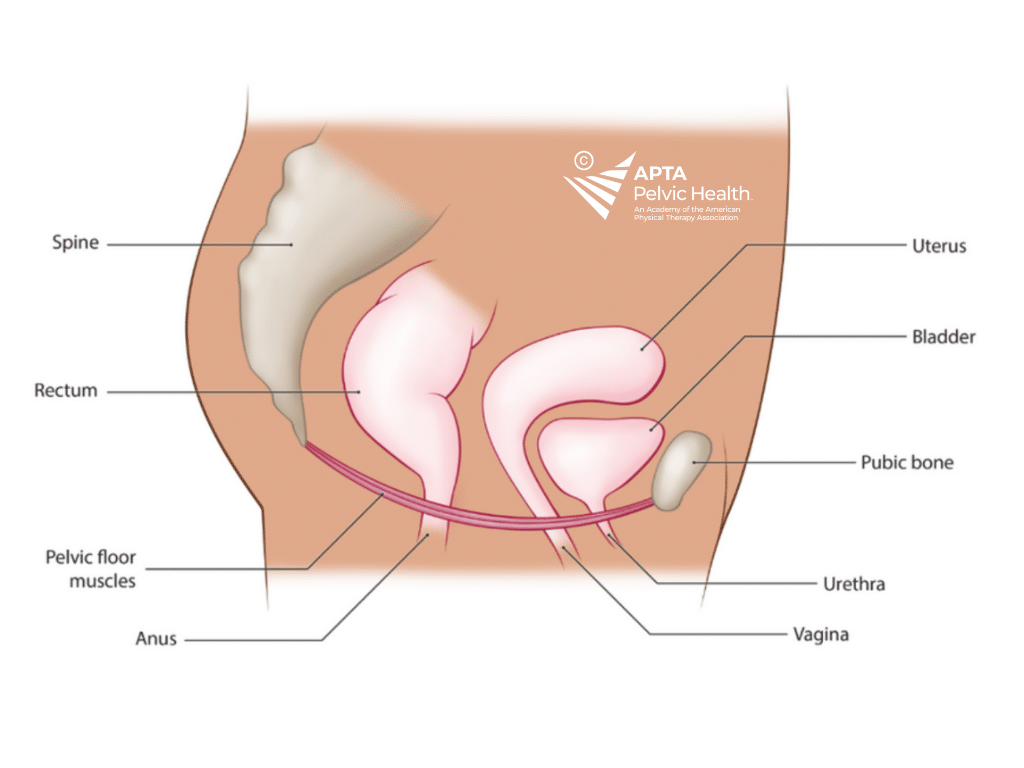Proper Toileting Posture
When having a bowel movement, it is helpful to position yourself on the toilet so that poop can leave easily. Typically, sitting using a footstool (a supported or seated squat position) is best, but it varies for different people.
To use the supported squatting position, sit on the toilet comfortably. Place your feet hips width apart on a stool. This will raise your knees above your hips. Lean forward slightly. Rest your elbows on your knees. The pressure of your thighs on your lower belly is also helpful. There are stools that fit under a toilet called a “toilet stool.” Several other objects can also be used. Examples include step stools, yoga blocks, wooden blocks, or shoe boxes.
If you have a small stool that cannot fit both of your feet, place it under your left foot. The lower colon is on the left side. If you don’t have a stool, just sit forward comfortably. Do NOT lift your heels off the floor. This gives less support and causes the pelvic floor muscles to tighten making bowel movements more difficult.
For small or young people, a smaller toilet seat may give more support to help them relax. If you are tall a low stool may be more comfortable or you may not need a stool at all. If you have a high or raised toilet, a taller stool will be helpful. If you have had or are planning to have a hip replacement, talk to your PT about how to modify this for your hip precautions.
OTHER WAYS TO HELP EASE BOWEL MOVEMENTS
Once you are in a comfortable position, take relaxing breaths. Relax your belly, face, eyes, and hands. Imagine your pelvic floor and anus relaxing and opening. Avoid straining or holding your breath. Splinting can also make bowel movements easier. Splinting involves using your hand to support your perineum to help relax.
- Use your hand to place firm but comfortable pressure on the muscle behind the anus and in front of your tailbone. This pressure can relax the muscles to let poop pass.
- Use your hand to place pressure on the muscle in front of the anus. This can help to relax the muscles. It can also support your perineum which may help you relax.
- If you have a vagina, it may be helpful to insert your finger or thumb. Then give gentle pressure to the back wall of the vagina, toward the rectum. This can help keep the rectum straight and allow poop to exit more easily.

This patient education handout was developed by the Academy of Pelvic Health Physical Therapy (APTA Pelvic Health) and is meant to provide general information, not specific medical advice. It is not intended to substitute for the judgment of a person’s healthcare provider. Additional information can be found at www.aptapelvichealth.org.



